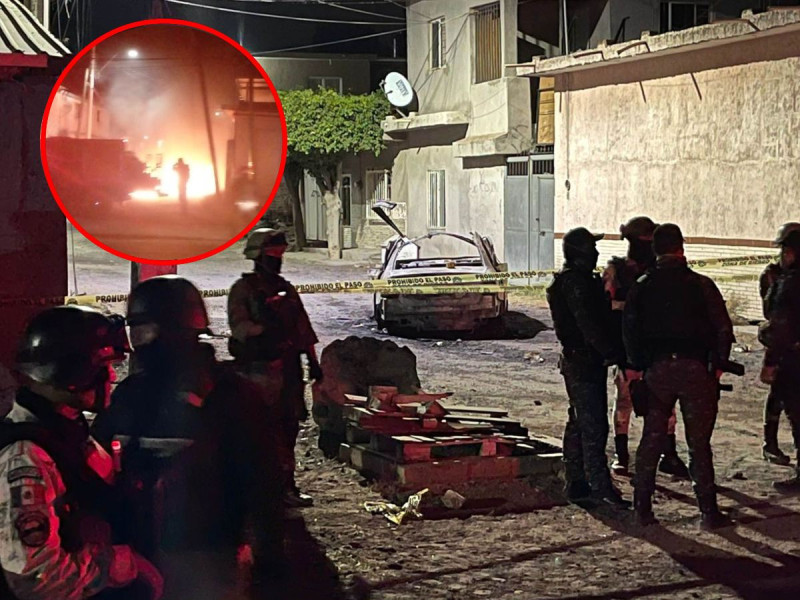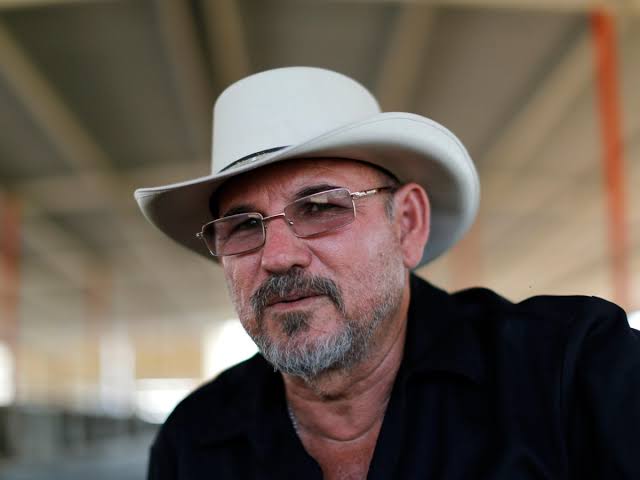Raúl Romero*
Wednesday, June 28, a car bomb explodes in Guanajuato; in Tapachula, Chiapas, a grenade is thrown at the base of the Secretary of Public Security. Thursday, June 29, former vigilante leader Hipólito Mora is assassinated in Michoacán. Friday, June 30, Josué Ángel Hernández Salmerón, an active member of the State Coordinating Committee of Education Workers of Guerrero, is assassinated in Guerrero…

Photo: Cuartooscuro
Since before their arrival to power, those at the head of Mexico’s government knew that one of their greatest affronts, if not the main one, would be to solve the problem of violence.
The challenge was not a minor one, and that is how they undertook it in order to be recognized and remembered as good rulers. Four and a half years later there is no good news.
According to data shown by the President of Mexico on June 14, 2023, from 2019 to that date 153 thousand 941 intentional homicides were registered, which places his government as the highest in this category; although, according to the same source, a 17 percent drop in this crime is beginning to be registered (https://n9.cl/2qa91).
In the National Registry of Missing and Unaccounted for Persons, since January 1, 1962, there are 111,157 missing and unaccounted for persons as of June 30, 2023. Of these, 42,935 missing and unaccounted for persons have been registered so far during the current six-year term, that is, 38.63 percent of the total registered.
On October 27, 2022, in the morning press conference, the Undersecretary of the Interior reported that up to that date, 63 journalists had been murdered during the current administration, to which should be added the names of six more journalists who were murdered in the following months: 69 journalists in total. If we compare it with the six-year term of Calderón (101), or that of Peña Nieto (96), we could speak of a decrease. But the current six-year term still has 17 months left and, if the trend so far continues, the data could be similar to those of the last six-year term. Let us hope this does not happen (https://n9.cl/viaooj).

According to Centro Mexicano de Derecho Ambiental, from 2014 to 2022 the murder of 148 environmental defenders has been documented, of which 82 occurred between 2019 and 2022. According to this source, these homicides are on the rise: 2019, 15; 2020, 18; 2021, 25, and 2022, 24 (https://n9.cl/cy5it).
We must not overlook other phenomena without precise data on a national scale, such as forced displacement, which, according to the Fray Bartolomé de las Casas Human Rights Center, only in the state of Chiapas, between 2018 and 2022, 3,499 people were displaced, both permanently and intermittently, from Aldama; and 5,23 from Chalchihuitán. In Zapatista territory, just in the region of Caracol 10, Floreciendo la Semilla Rebelde, based in Ocosingo, 150 people have been displaced with the use of heavy caliber weapons by paramilitary-style groups. It is estimated that in the border region of Chiapas approximately 2,000 people (400 families) have been forced to leave their communities due to violence resulting from disputes between criminal groups for control of territory (https://n9.cl/x7vgo).
Violence, qualitatively and quantitatively, has spread throughout the country, and in recent years we have begun to see in the state of Chiapas an explosion that is not only expressed in data, but also in entire communities, being recruited by organized crime, indigenous cartels, armed armies and youth addicts of indigenous peoples, ethno-pornography, a phenomenon that we had not seen before in the rest of the country. On top of this, there is the diversification of violence and business: paramilitaries, paramilitary groups, narco-paramilitaries that control poultry shops, tortilla factories, transportation systems and many other elements that are fundamental to daily life. Organized crime as an industry has penetrated practically all aspects of cultural and material reproduction in urban and rural areas.
It is not only a matter of inertia from the past, of narco-governments that ended and everything improved with the arrival of a new administration. There is a diagnostic problem and, therefore, a problem of finding solutions that address all aspects of the problem. There is no peace without justice, it is true, and neither peace nor justice are possible in capitalism.
In Mexico today, unfortunately, we are in a context of war, developed at different levels, with different objectives and actors.
This war involves legal economic corporations, criminals and state actors. Criminal corporations have managed to gain ground in mayors’ offices, municipal presidencies, state governments and also in the federal government. In our next installment, some of the characteristics of this war.
*sociologist
Original article published in La Jornada on July 3rd, 2023. https://www.jornada.com.mx/2023/07/03/opinion/019a2pol
English translation by Schools for Chiapas
